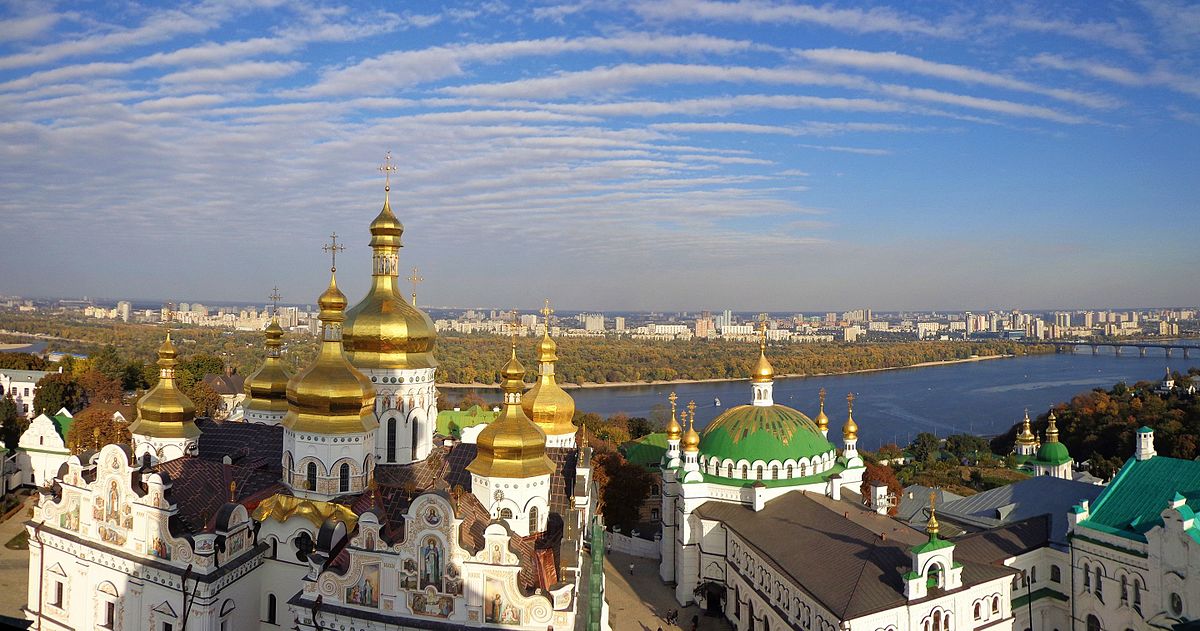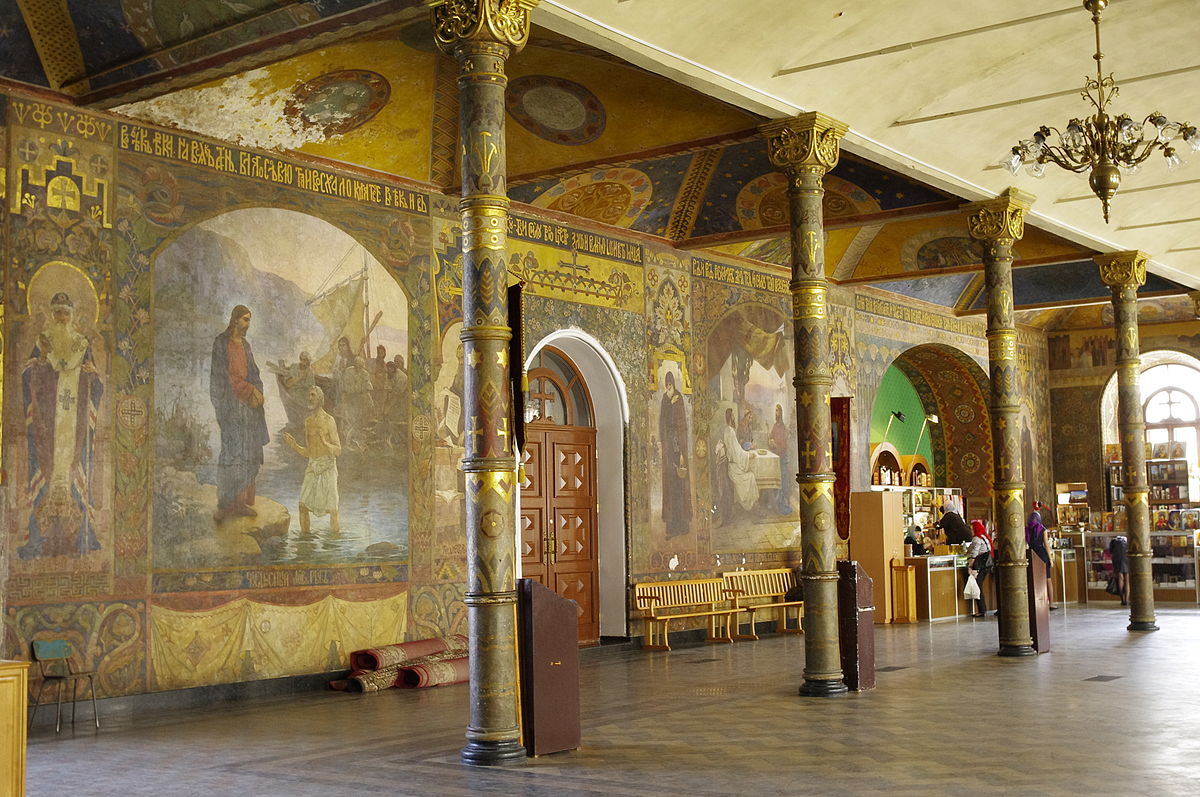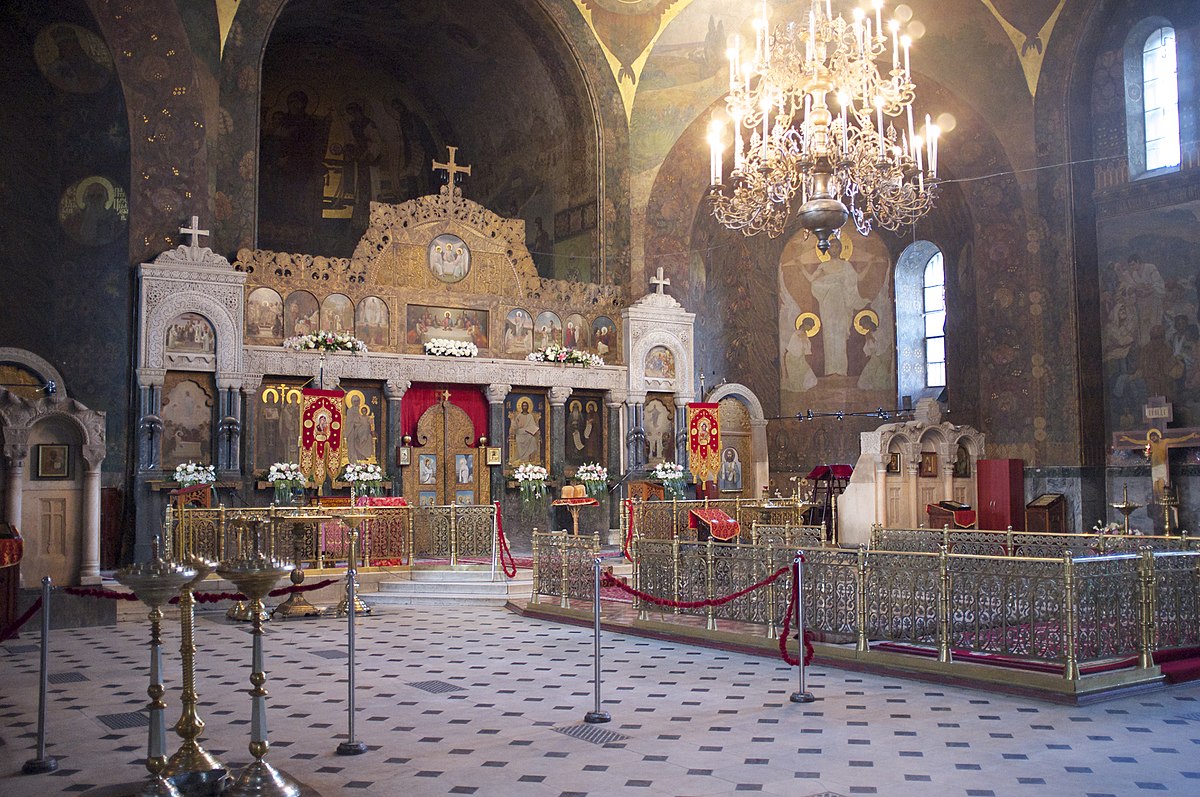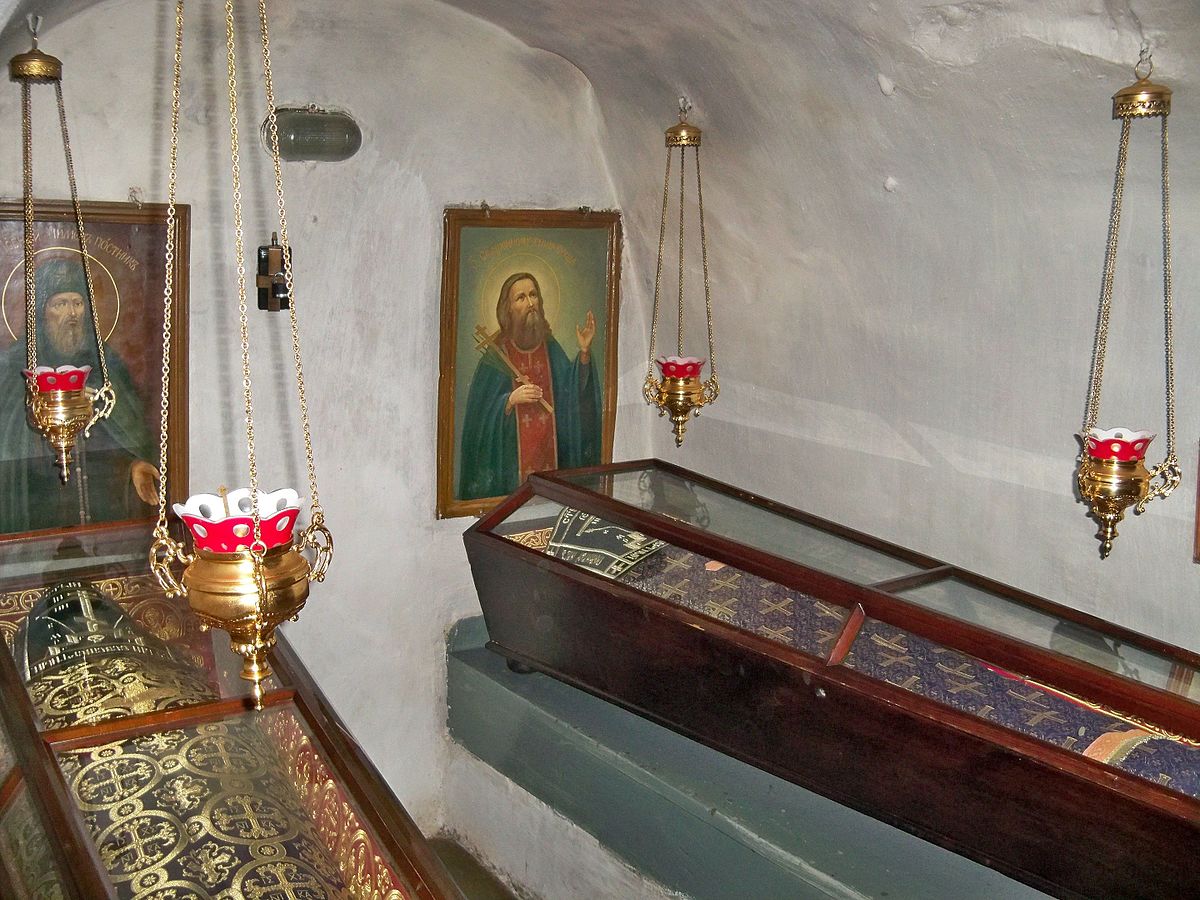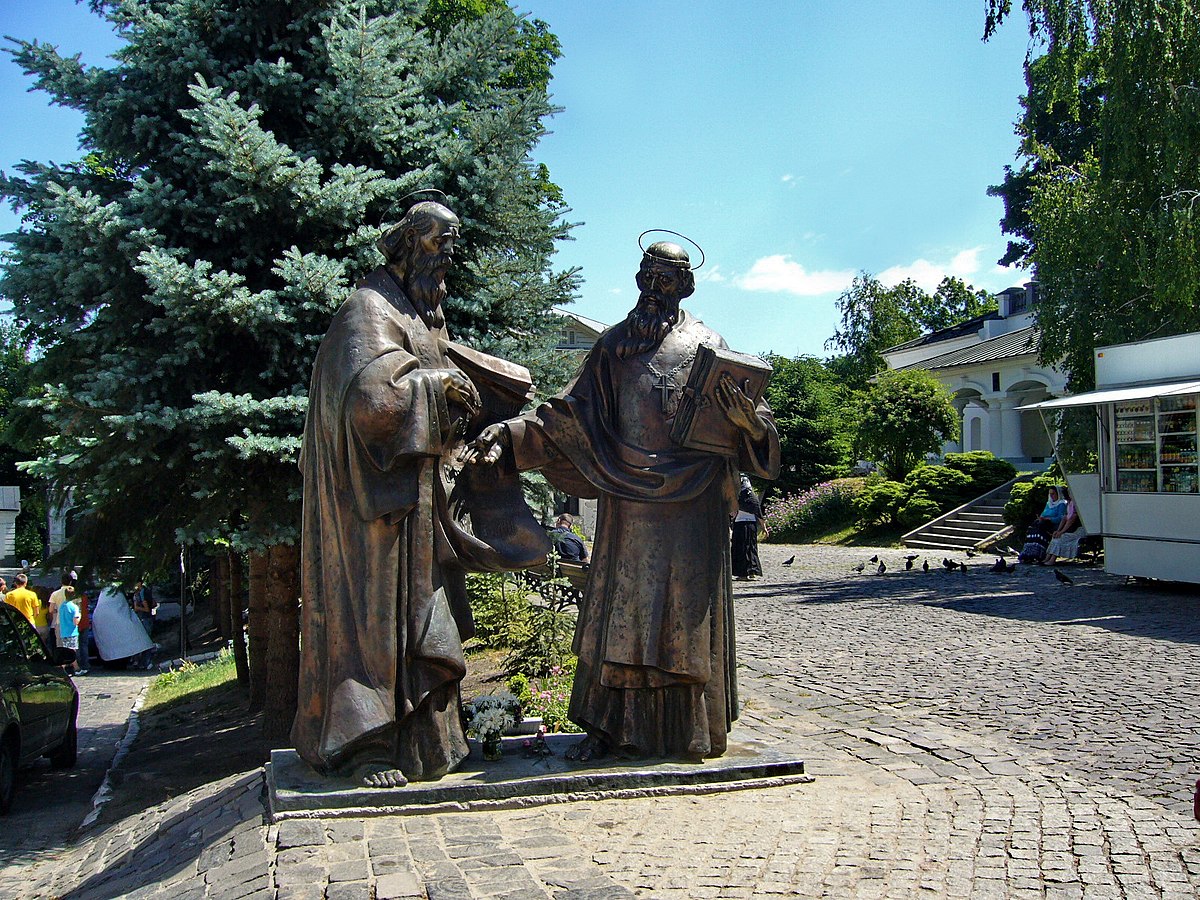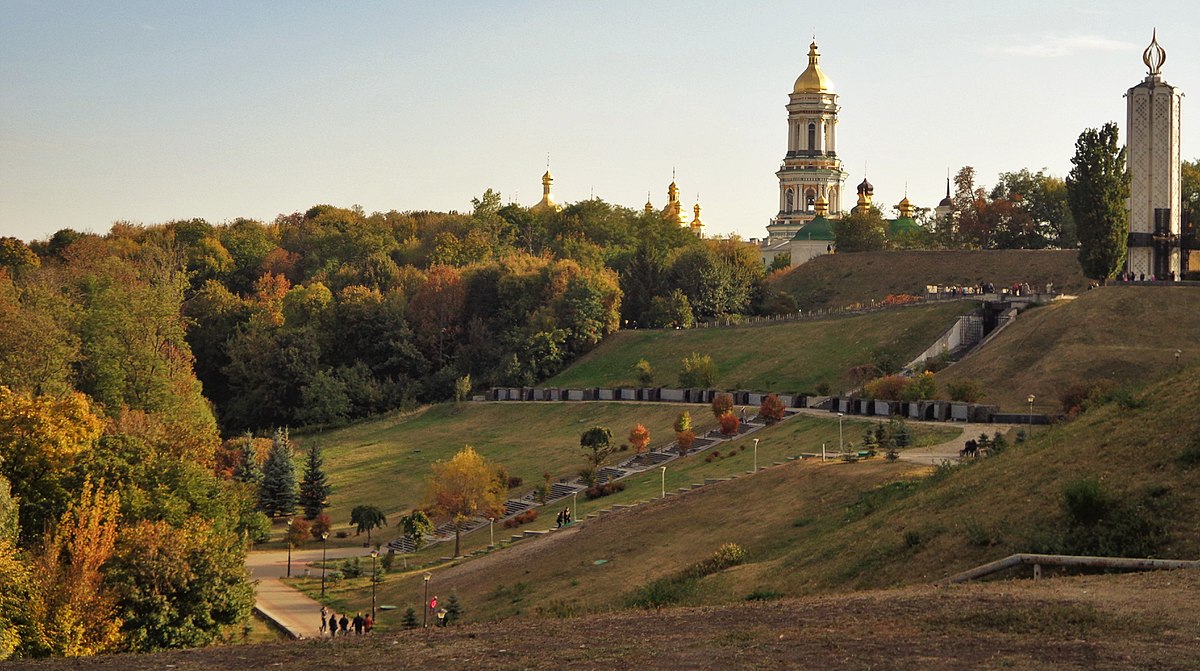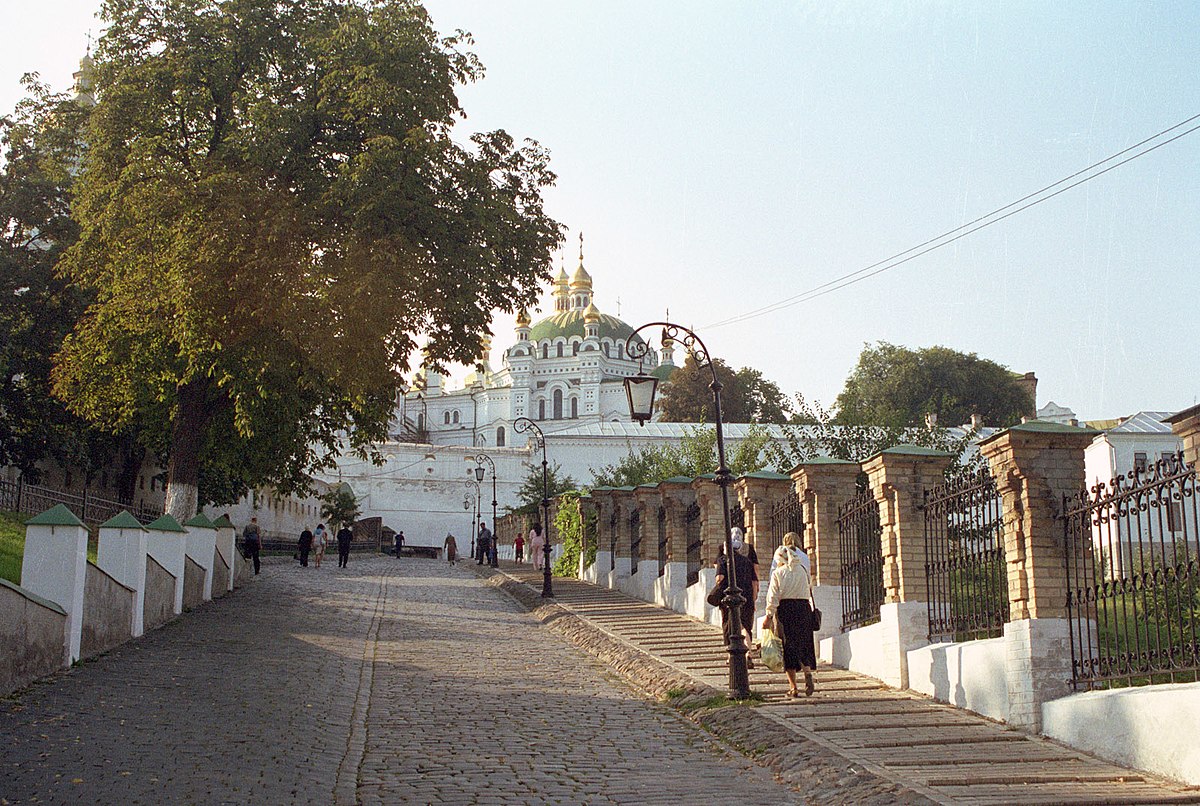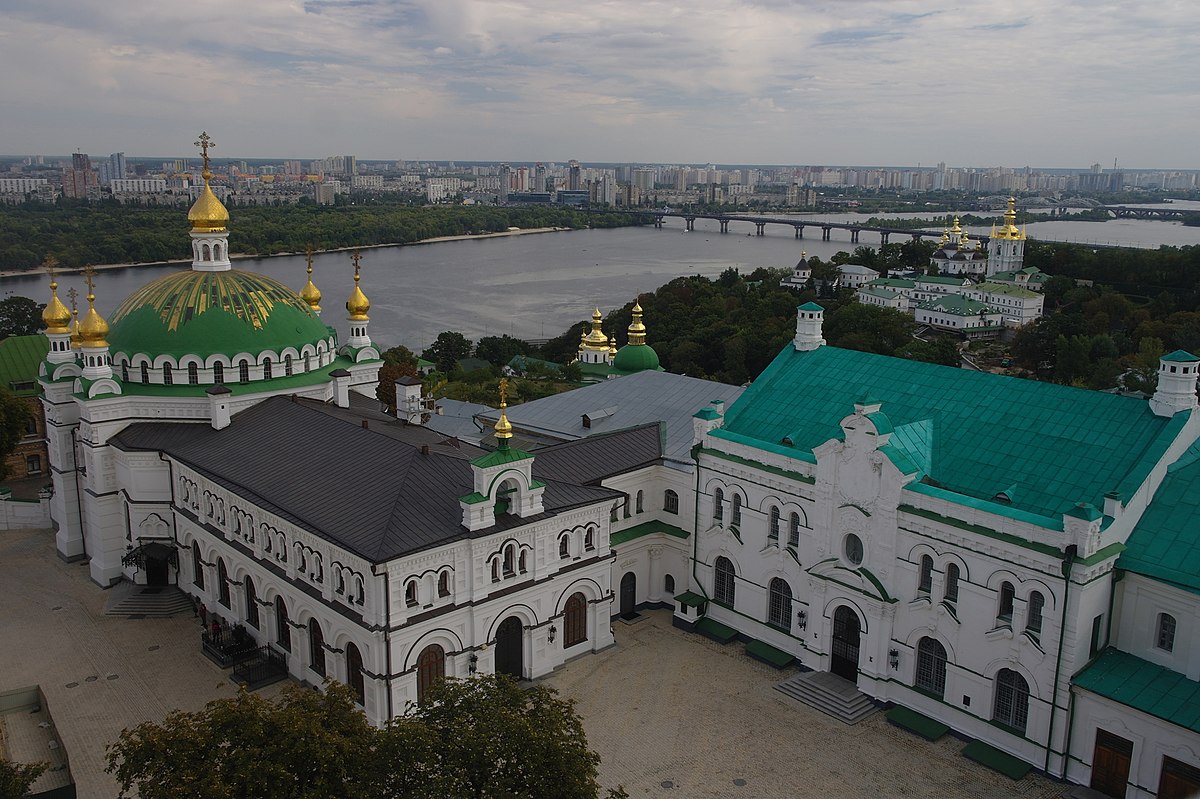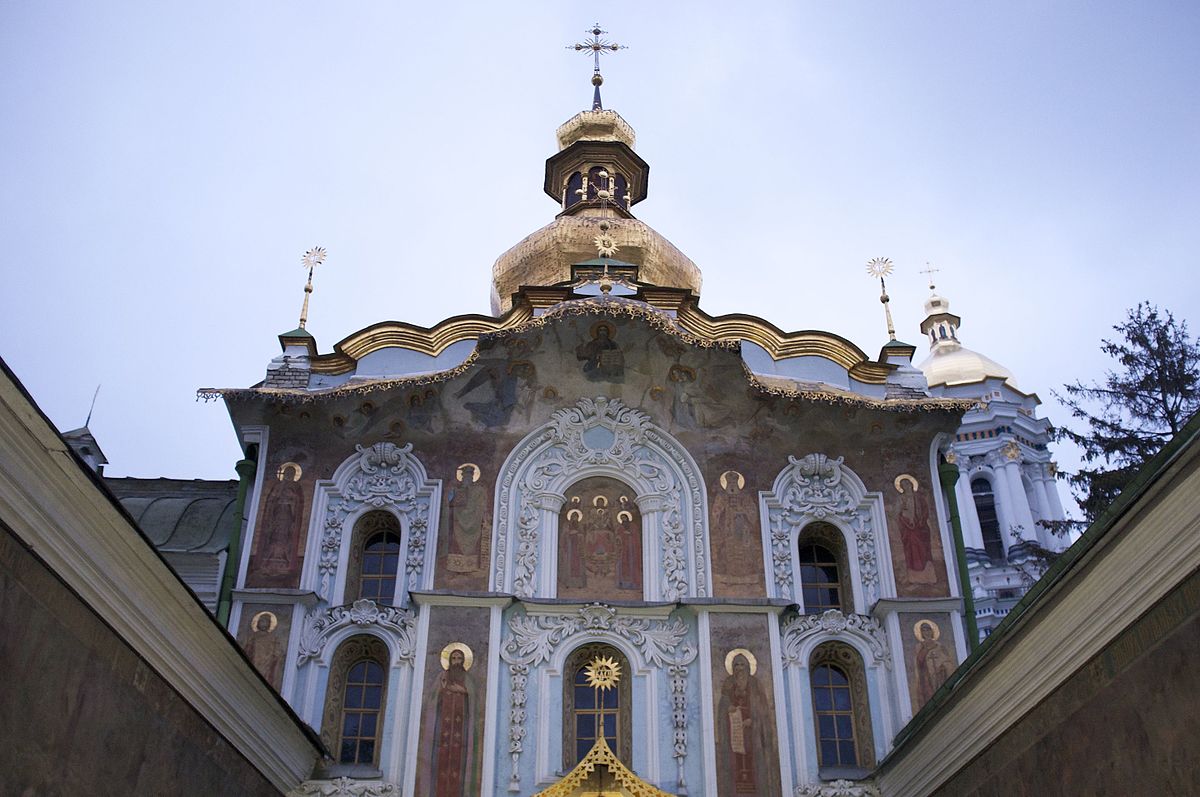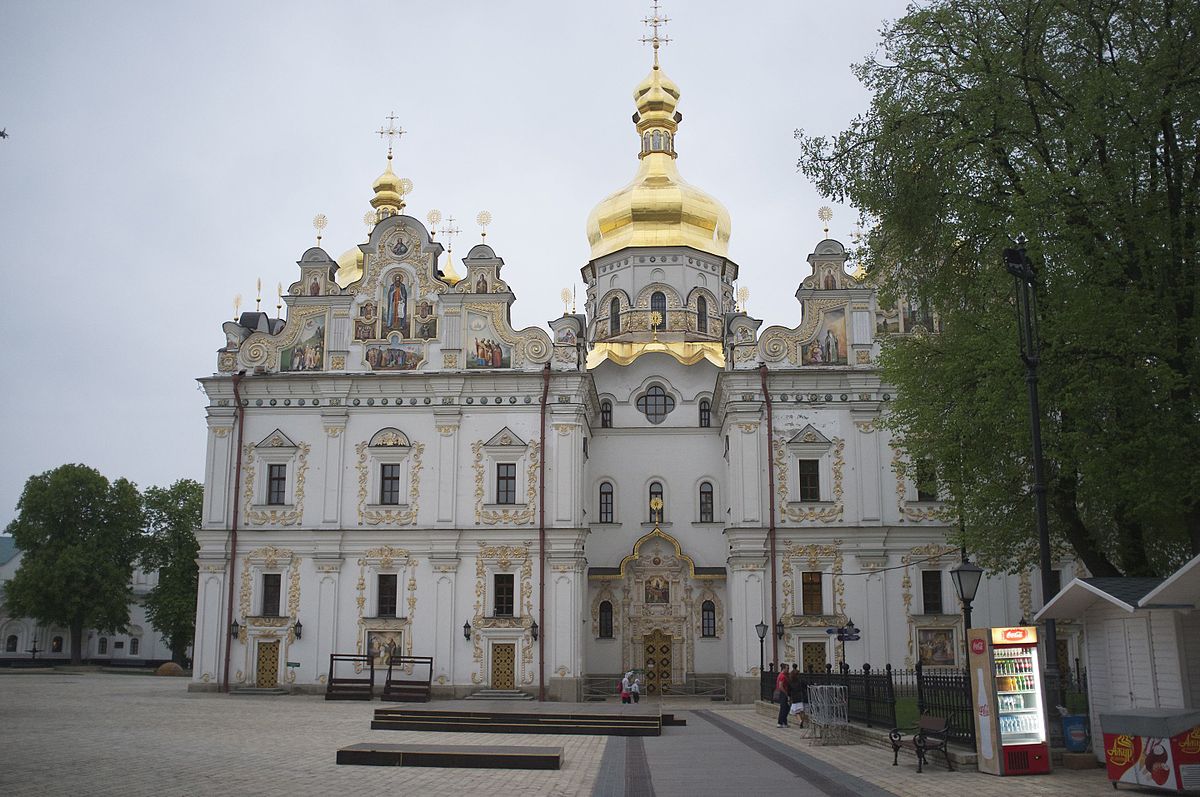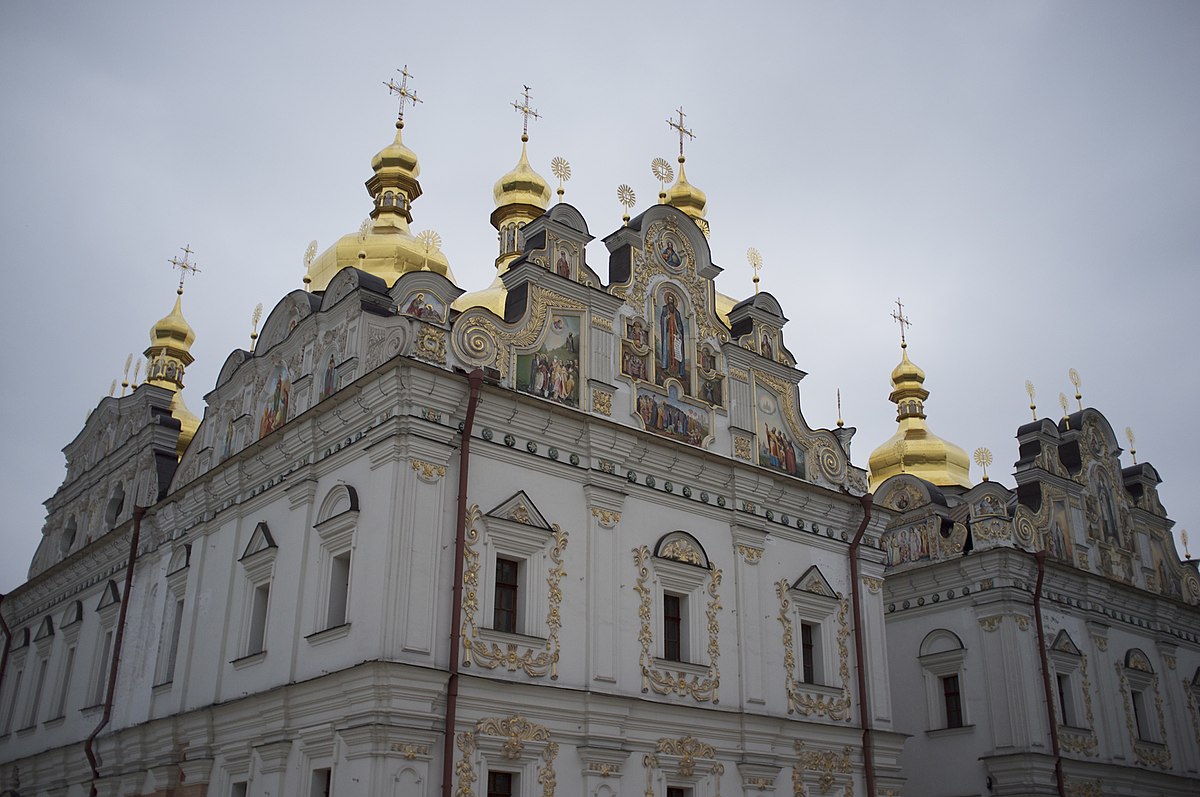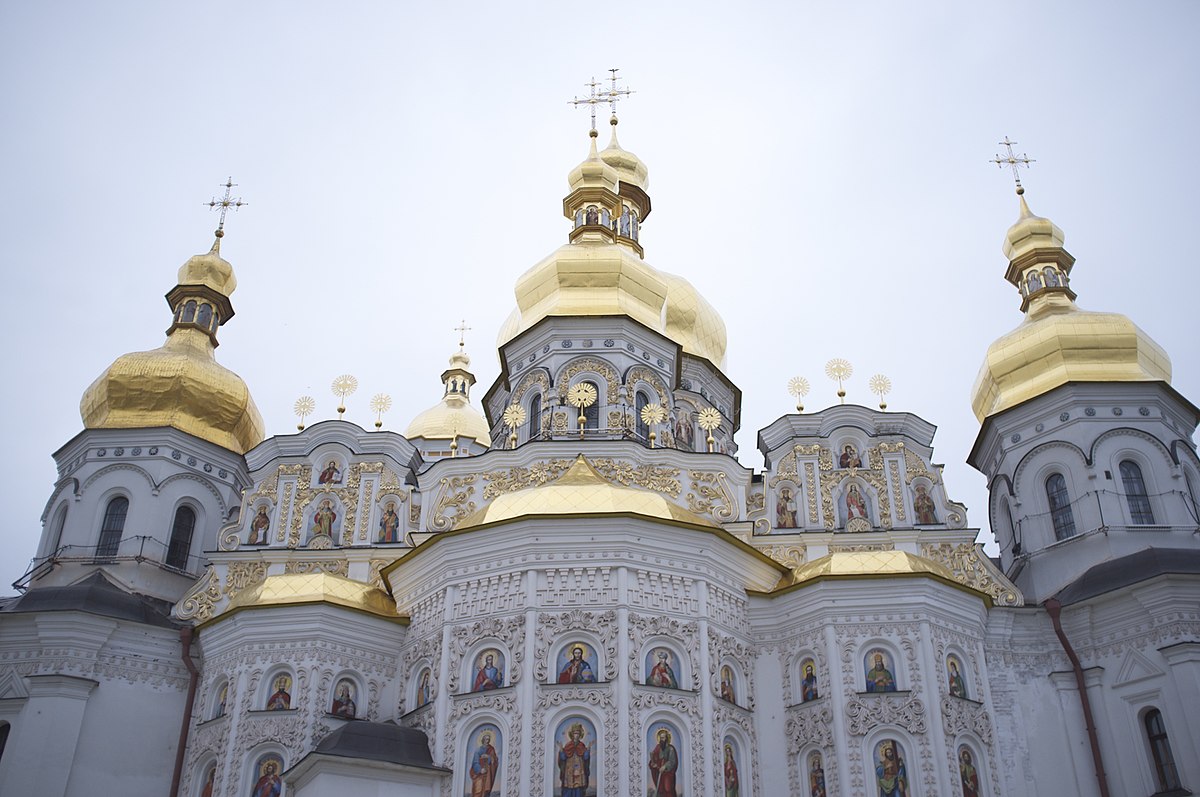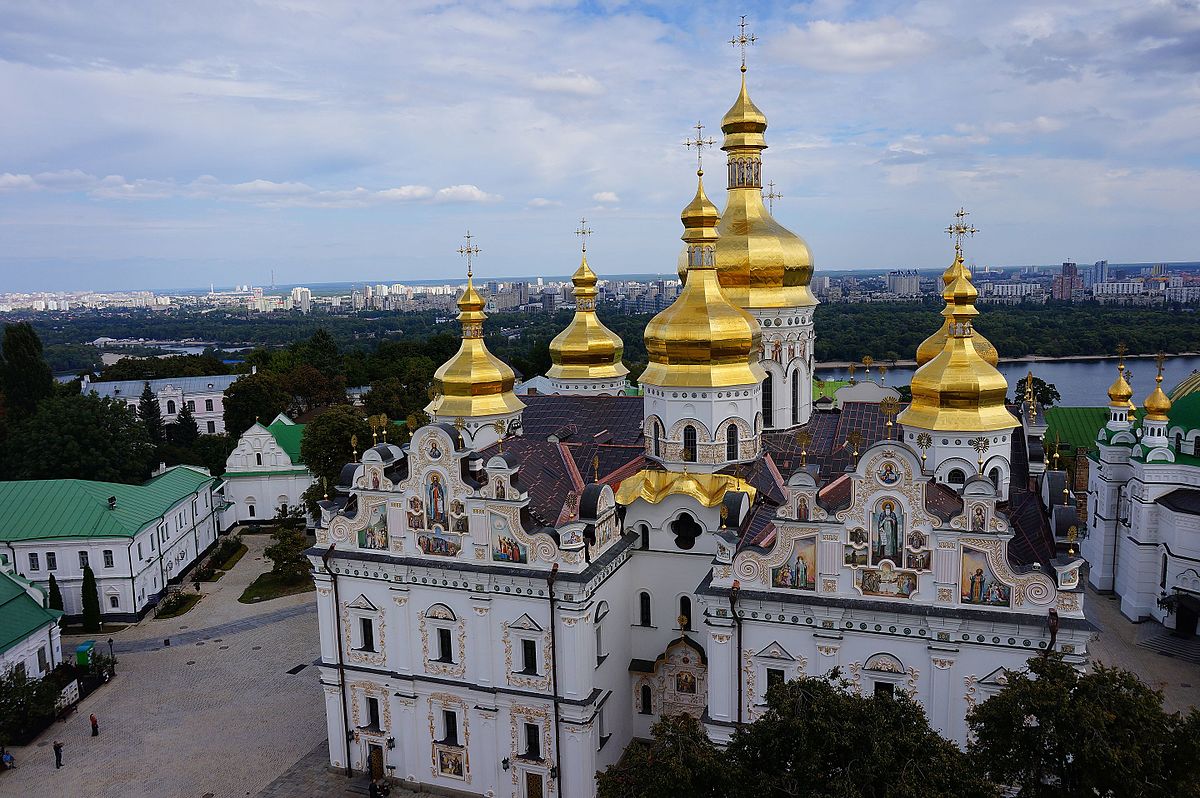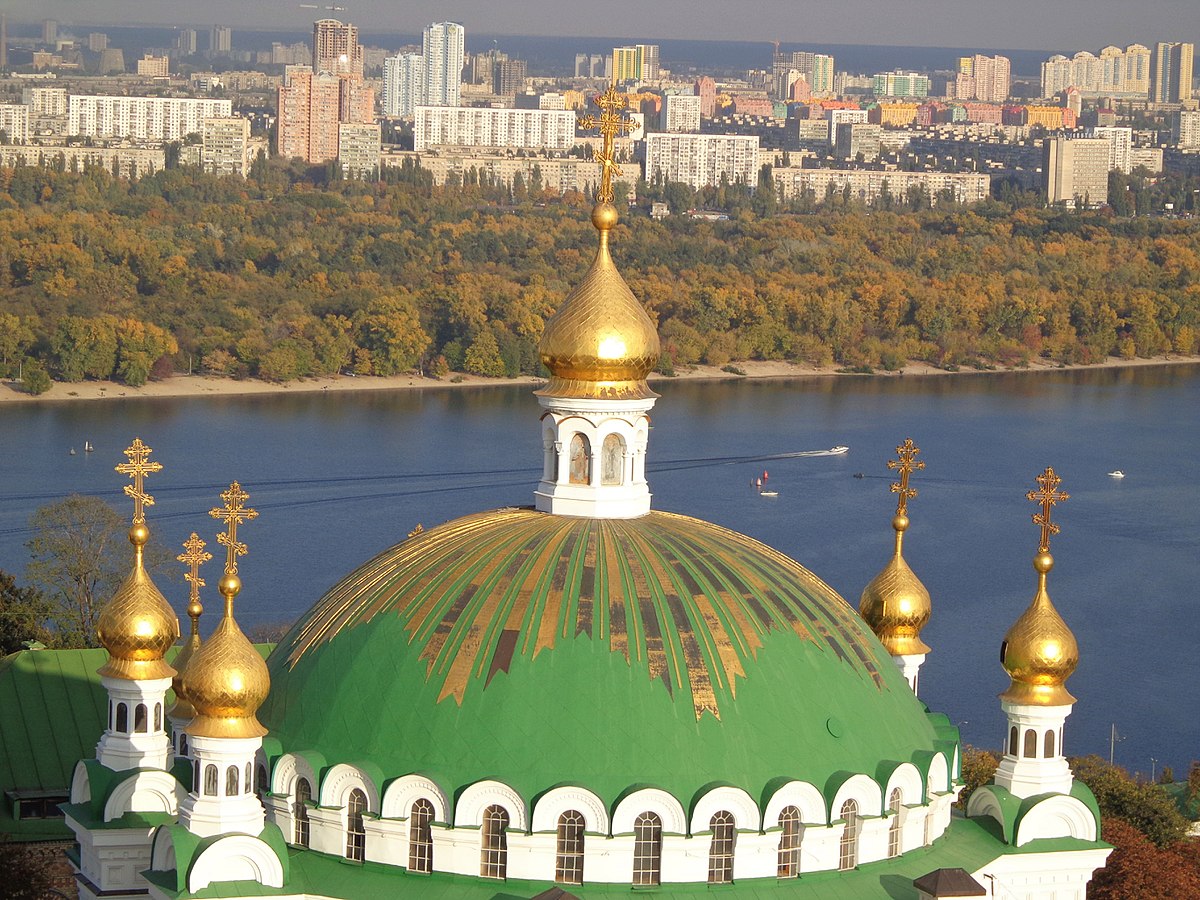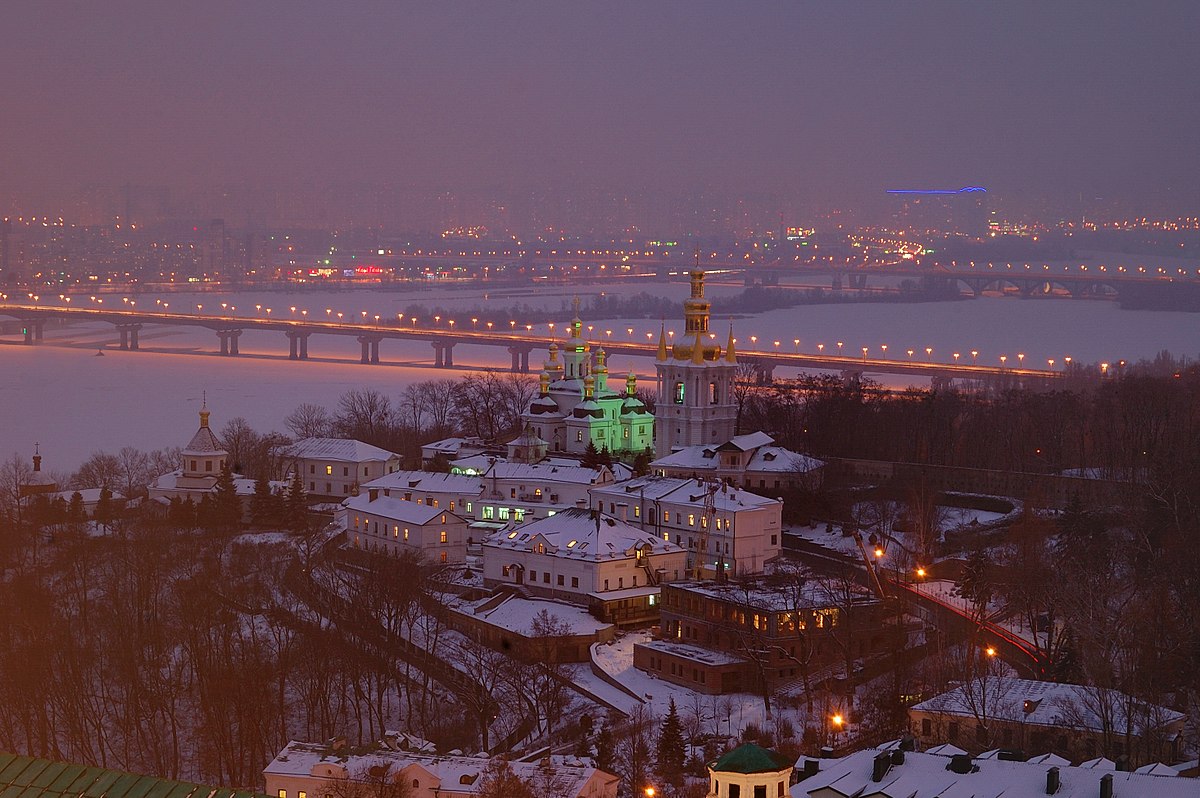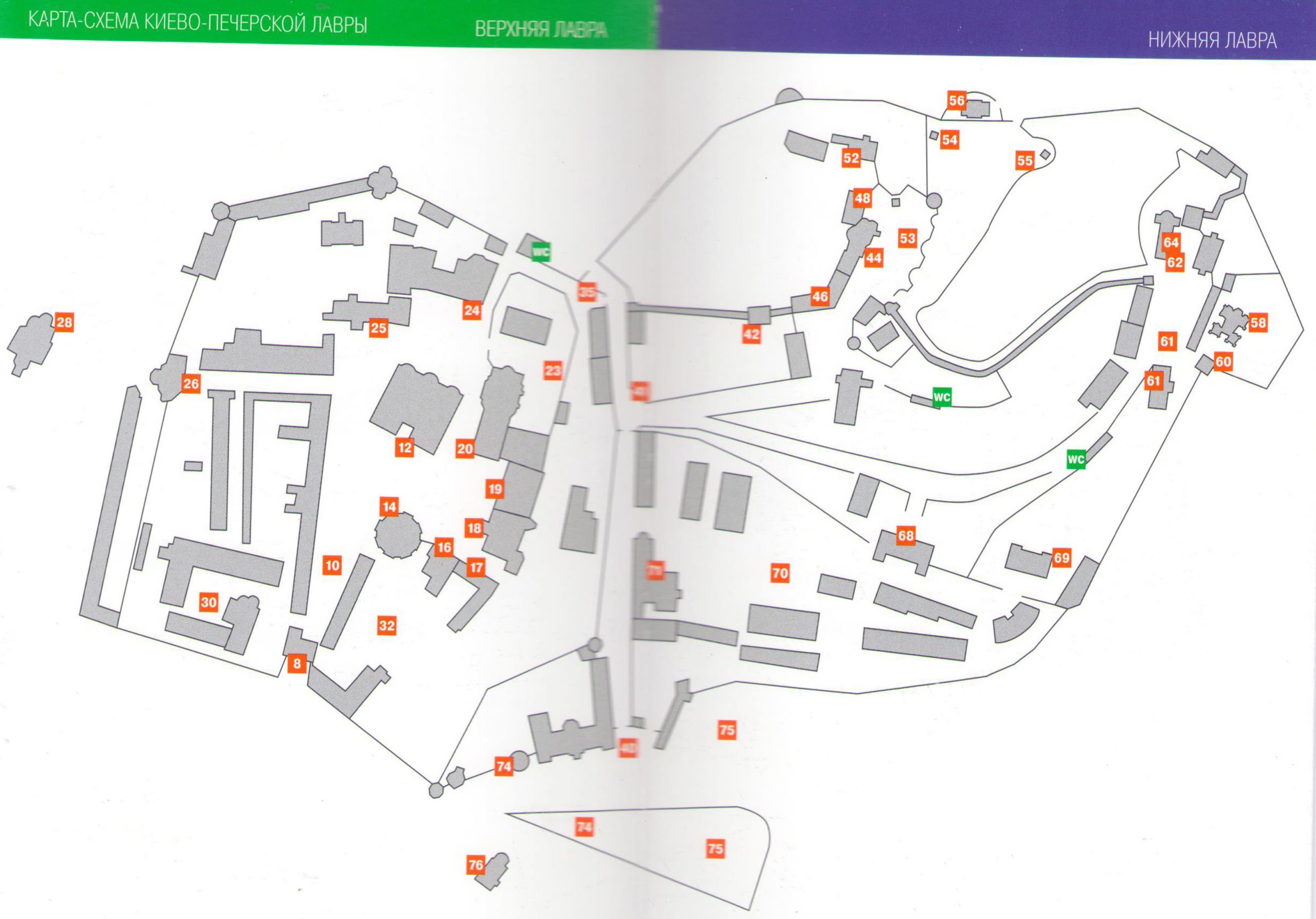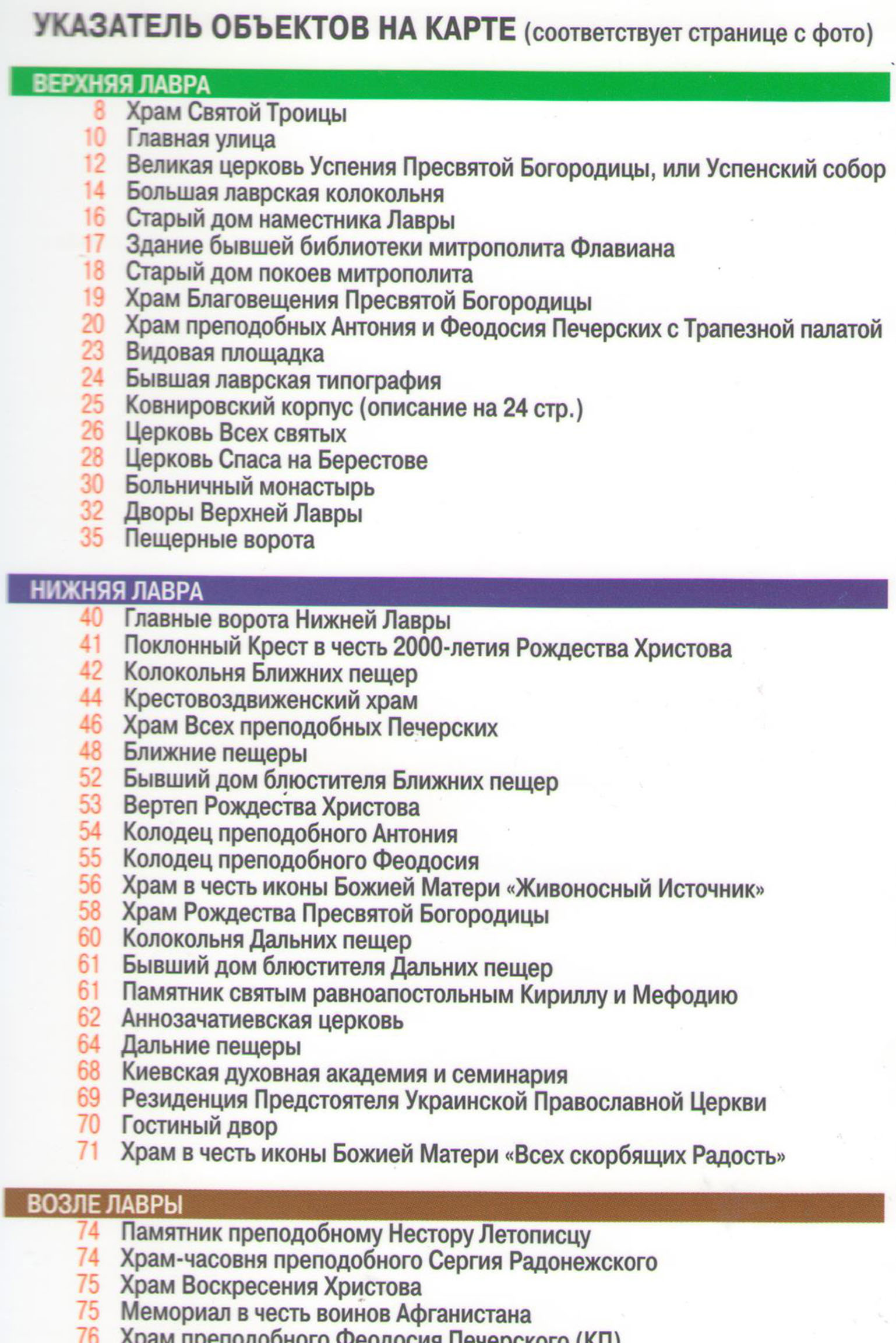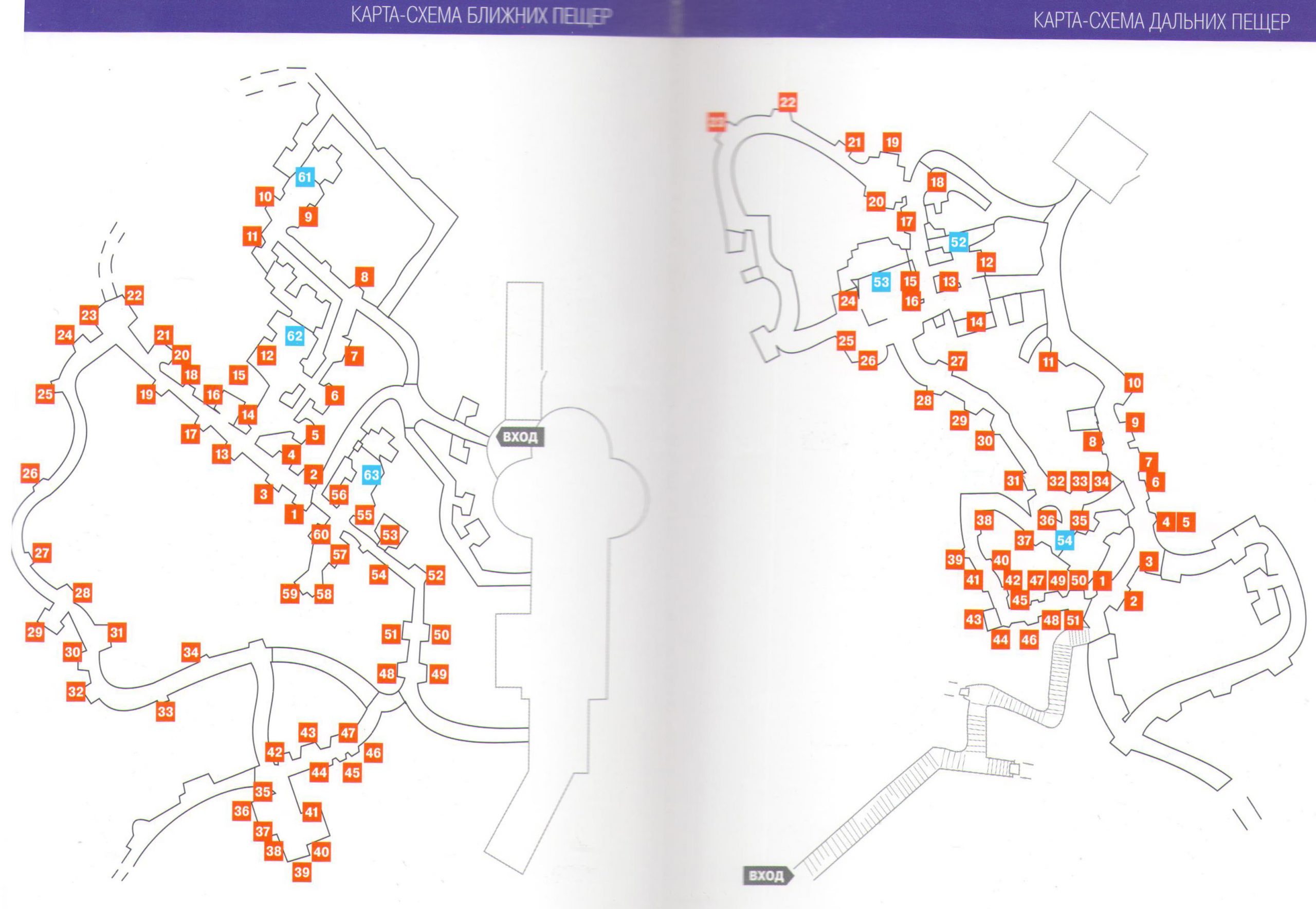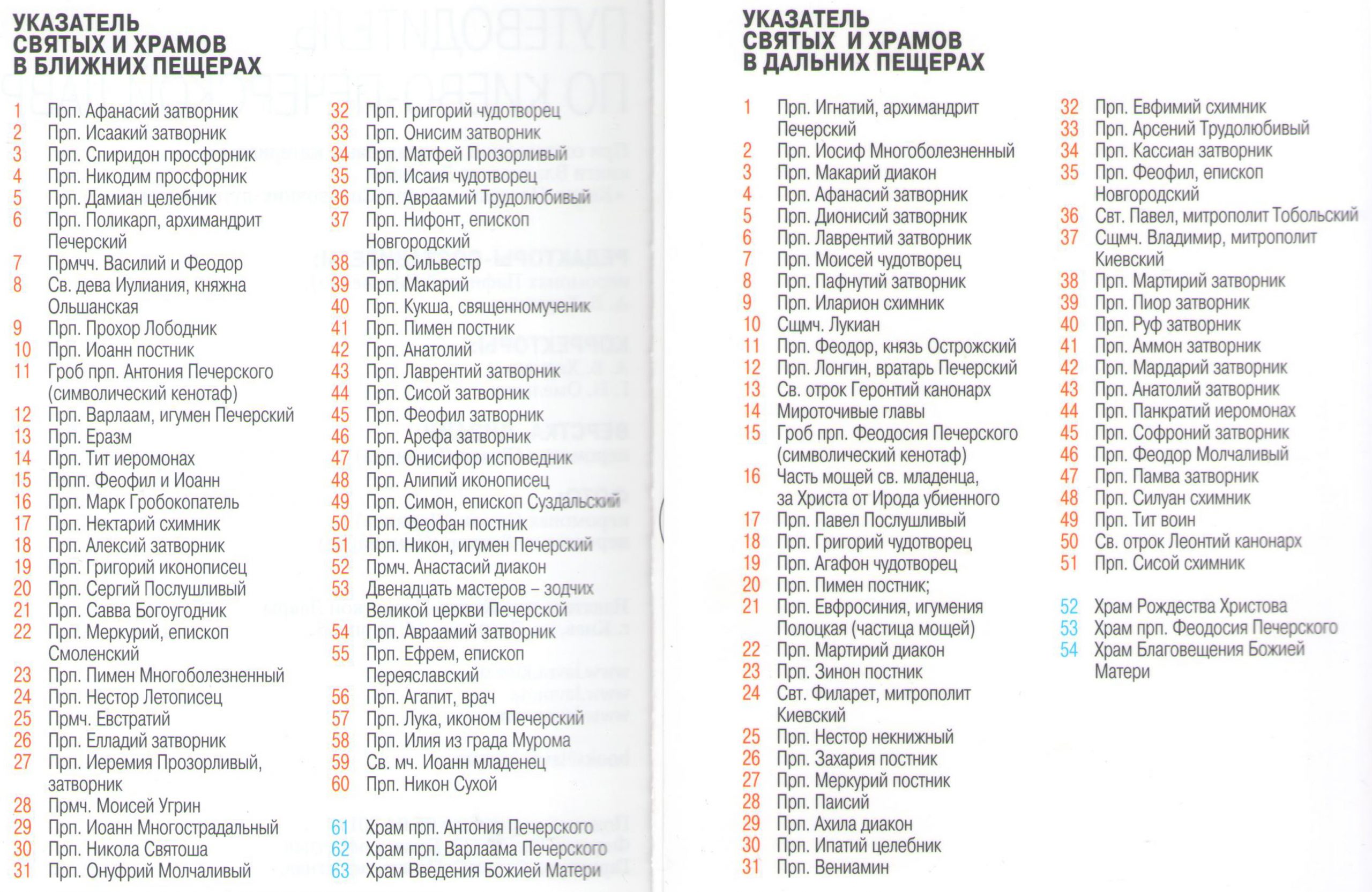Kiev-Pechersk Lavra is one of the first monasteries of Kievan Rus. One of the most important Orthodox shrines, the third Destiny of the Mother of God. Founded in 1051 under Yaroslav the Wise by monk Anthony, originally from Lubech, and his disciple Theodosius. Prince Svyatoslav II Yaroslavich presented the monastery with a plateau above the caves, where beautiful stone churches, decorated with paintings, cells, fortress towers and other buildings were later built. The names of the chronicler Nestor (the author of The Tale of Bygone Years) and the painter Alypiy are associated with the monastery.
From 1592 to 1688 was a stauropegia (the highest status assigned to Orthodox monasteries, laurels and brotherhoods, as well as cathedrals and theological schools, making them independent of the local diocesan authorities and directly subordinate to the patriarch or synod) of the Patriarch of Constantinople; since 1688, the monastery received the status of a lavra (the name of some of the largest men’s Orthodox monasteries of special historical and spiritual significance) and became a “royal and patriarchal stavropegion of Moscow”; in 1786 the Lavra was subordinated to the Metropolitan of Kyiv, who became its sacred archimandrite.
In the Near and Far Caves of the Lavra, the incorruptible relics of the saints of God rest, and in the Lavra there are burials of the laity (for example, the grave of Pyotr Arkadyevich Stolypin). Currently, the lower Lavra is under the jurisdiction of the Ukrainian Orthodox Church (Moscow Patriarchate), and the upper Lavra is under the jurisdiction of the National Kiev-Pechersk Historical and Cultural Reserve.
Map of the churches of the Kiev-Pechersk Lavra
The Holy Dormition Kiev-Pechersk Lavra is located in the center of Kyiv, on the right, high bank of the Dnieper and occupies two hills separated by a deep hollow descending to the Dnieper. In the 11th century, the area was covered with forest; the priest of the nearby village of Berestov, Hilarion, retired here for prayer, who dug a cave for himself here. In 1051, Hilarion was appointed Metropolitan of Kyiv and his cave was empty. At about the same time, the monk Anthony, a native of Lyubech, came to Kyiv from Athos; life in the Kyiv monasteries did not suit him, and he settled in the cave of Hilarion.
The piety of Anthony attracted followers to his cave, among whom was Theodosius from Kursk. When their number increased to 12, they built a church and cells for themselves. Anthony appointed Varlaam as abbot, and he retired to a neighboring mountain, where he dug out a new cave for himself. This cave served as the beginning of the “near” caves, so named in contrast to the former, “far”. With the increase in the number of monks, when it became crowded in the caves, they built the Church of the Assumption of the Most Holy Theotokos and cells over the cave. The number of people coming to the monastery increased, and Anthony obtained permission to use the entire mountain above the cave from the Grand Duke Izyaslav Yaroslavich. A church was built on the site of the current main cathedral (1062); the monastery that arose was called Pechersky. At the same time, Theodosius was appointed abbot. He introduced a cenobitic studio charter into the cloister, which was borrowed from here and by other Russian monasteries. The harsh ascetic life of the monks and their piety attracted significant donations to the monastery.
Memo when visiting the Lavra and any other Orthodox churches
1. When entering the church, women must cover their heads (with a headscarf, shawl, cape, etc.), and men, on the contrary, should take off their hats. This rule also applies to staying in the Caves.
2. Turn off mobile phones or put them on silent while inside the church.
3. Do not have loud conversations with your companions, Lavra workers or clergy.
In order not to bother the reader of the article, we will skip the period from the life of the Lavra, which is almost 900 years long, but we can only say that it contains many sad and tragic events, destruction and restoration of the religious buildings of this holy place. We will continue from September 29, 1926, when Soviet officials adopted a resolution on “Recognizing the former Kiev-Pechersk Lavra as a historical and cultural state reserve and turning it into an All-Ukrainian museum town.” The gradual displacement of the monastic community by the newly created museum ended by the beginning of 1930 with the complete liquidation of the monastery. Part of the brethren was taken out and shot, the rest were imprisoned or exiled. Lavra was ruined…
One of the buildings housed the State Historical Library of Ukraine (it is located there to this day). A museum complex was formed on the territory of the Lavra, which included the Museum of the Book, the Museum of Historical Treasures and many others.
During the German occupation of Kyiv, a police station was organized in the Lavra, where about 500 civilians were killed by the occupying authorities. By permission of the German authorities, on September 27, 1941, monastic life was resumed within the walls of the Lavra; At the head of the Lavra brethren was Schema-Archbishop (formerly of Kherson and Tauride) Anthony (Prince David Abashidze), a Lavra tonsured.
On November 3, 1941, the Assumption Cathedral was blown up by the German invaders (it was restored only in 2000), which is indicated in the materials of the Nuremberg trials. Before the destruction of the temple, under the leadership of the Reichskommissar Erich Koch, a mass export of the valuables of the temple was carried out. The undermining of the Assumption Cathedral was carried out in order to hide the traces of its looting, and also in accordance with the Nazi policy of destroying national shrines in order to weaken the national identity of the conquered peoples.
Map of the Near and Far Caves of the Kiev-Pechersk Lavra
The explosion of the cathedral was recorded by the Germans on film and was included in the official newsreel. In the mid-1990s, her footage was found in a private collection in Oberhausen and sent to Kyiv with the assistance of Dr. Wolfgang Eichwede, director of the Research Center for Eastern Europe at the University of Bremen, dealing with restitution issues. Thus, the German authorities knew in advance about the time of the explosion and gave their cameraman the opportunity to choose a safe point for spectacular shooting. According to recently discovered archival documents and memoirs, the Germans themselves admitted their involvement in the destruction of the Assumption Cathedral. This is evidenced by the memoirs and confessions of a number of Nazi leaders and the military: Minister of Arms Albert Speer, Head of the Religious Policy Group of the Ministry of the Occupied Eastern Territories Karl Rosenfelder, Wehrmacht officer Friedrich Heyer, who had the dignity of an evangelical priest, SS Obergruppenführer Friedrich Jeckeln, who directly led the bombing of the temple.
After the liberation of Kyiv in 1943, the Soviet authorities did not dare to close the Lavra again. The monastery was closed again during the “Khrushchev” anti-religious campaigns in 1961. In June 1988, in connection with the celebration of the 1000th anniversary of the baptism of Rus’ and the decree of the Council of Ministers of the Ukrainian SSR, the territory of the Far Caves was transferred to the newly created Pechersk monastic community. On December 9, 1995, President of Ukraine Leonid Kuchma issued a Decree on the restoration of the Assumption Cathedral. By the 950th anniversary of the Lavra, the cathedral was restored and consecrated on August 24, 2000. In 1990, the Lavra was included in the UNESCO World Heritage List.
Where is the Holy Dormition Kiev-Pechersk Lavra located?
Lavrska street, 15
